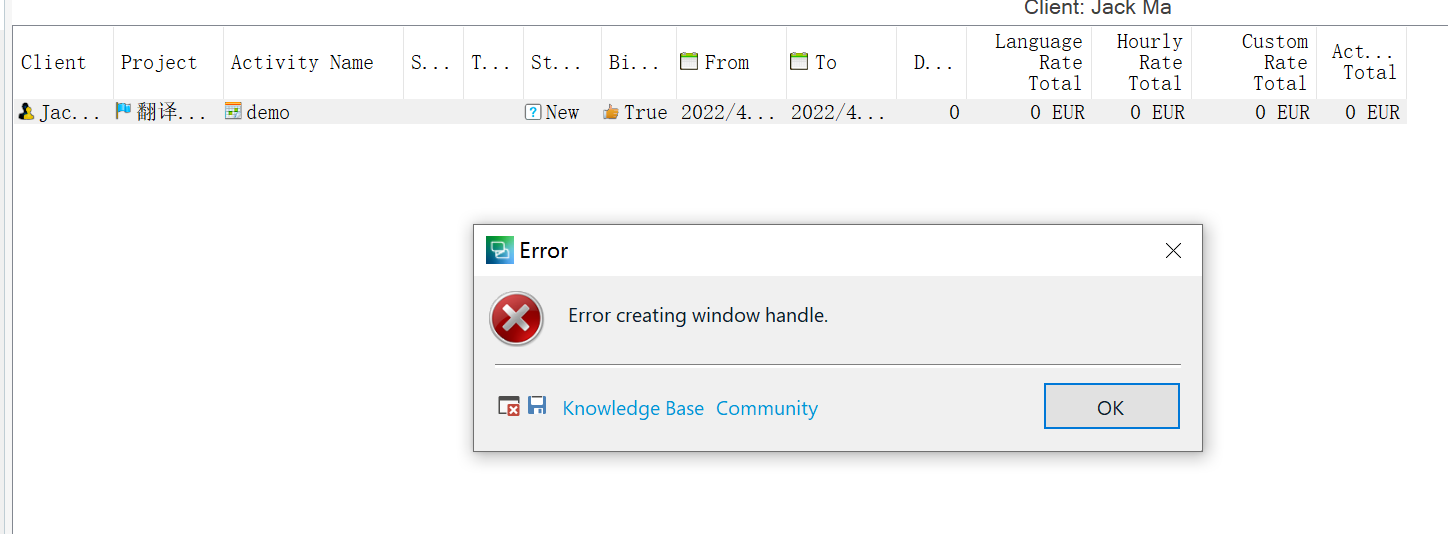Hey, I am a student and now doing my graduation project about MT and post editing. So I wonder how the industry evaluates an output of post-edited machine translation? Do we have a quantitative standard or something else? Of course the post-edit distance is an indicator. But is the number of post-edit distance always fixed for all kinds of texts? For example, if I use trados for accessing the output, then what post-editing rate or number can be deemed as normal or good?


 Translate
Translate




